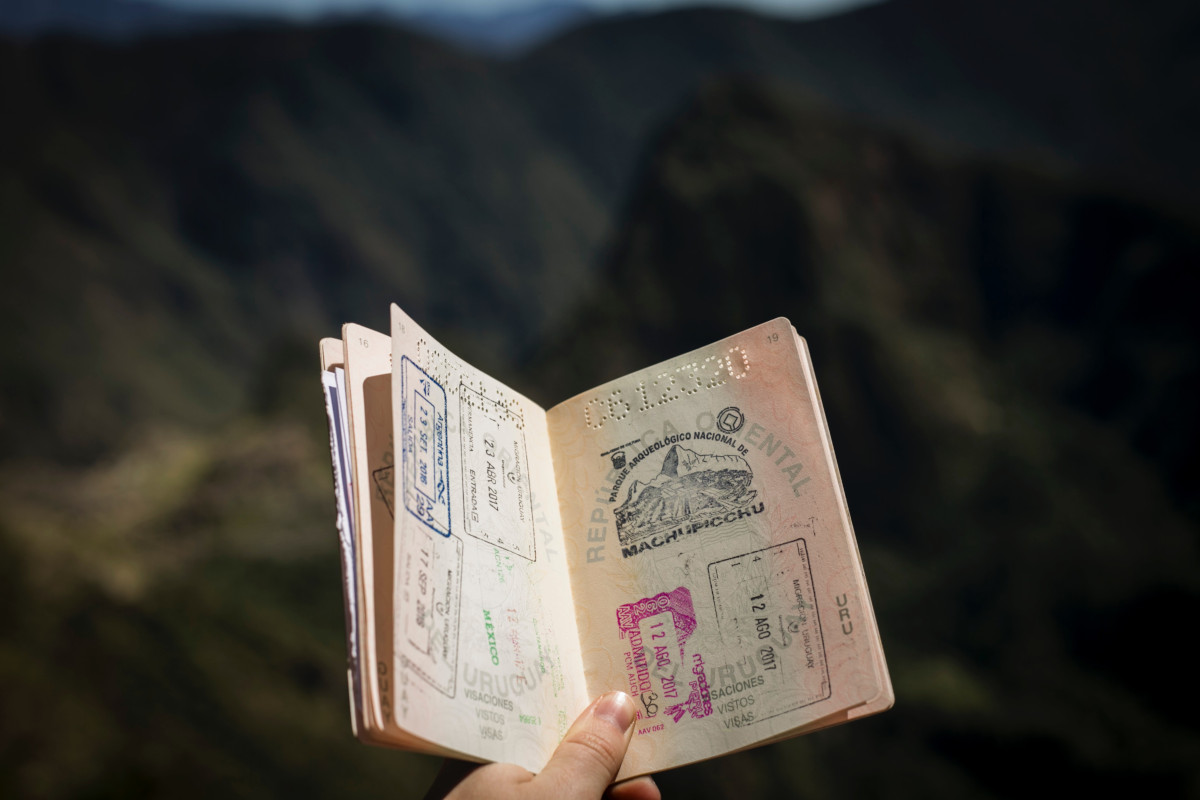Effective October 12, 2025, the European Union will introduce a major change in how non-EU/non-Schengen nationals cross its external borders. The long-anticipated Entry/Exit System (EES) will gradually roll out over six months and be fully in place by April 10, 2026.
This new border system replaces many manual processes (like passport stamping) with biometric data collection and digital record-keeping. Here’s everything you need to know to travel smart.
What Is the Entry/Exit System (EES)?
- Who it applies to: All non-EU nationals visiting the Schengen Area for short stays (up to 90 days within any 180-day period).
- What data will be collected:
- Facial image (photo)
- Fingerprints (on the first entry under the new system)
- Date & place of entry and exit
- Children under 12: They will have a photo taken, but not fingerprints.
- Purpose: The goals are to improve security, better track entries and exits, catch visa overstays, reduce fraud, and make border controls more efficient.
When & How the Roll-Out Works
| Phase | Date | What Happens |
|---|---|---|
| Launch begins | October 12, 2025 | First external borders start using EES; first entry biometric registration begins in many places. |
| Gradual implementation | Over next ~6 months | Not all ports / airports / border crossings will have full EES immediately. Some will do parts (photo only, or photo + fingerprints) later. |
| Full implementation | By April 10, 2026 | All external borders in the Schengen Area are expected to be fully operating under EES. |
Travelers should allow extra time at border crossings during the early months of implementation.
What This Means for Travelers
- No more passport stamping (eventually). Entry & exit dates will be kept electronically.
- On your first trip under the EES, non-EU travelers will need to provide full biometric data (photo + fingerprints). On subsequent trips within the next three years, only facial recognition or comparing to stored data may be needed.
- Biometric and travel data will be stored for about three years.
- If you are non-EU and visa-exempt (say, from the U.S., UK, Canada, Australia, etc.), this affects you. EU citizens, long-stay visa holders, and people resident in EU/Schengen have different rules.
List of Schengen Area Countries
The Schengen Area includes most EU member states plus several non-EU countries. EES will apply at the external borders of these countries.
Here are the 29 countries:
EU Members (Schengen):
Austria, Belgium, Czech Republic, Denmark, Estonia, Finland, France, Germany, Greece, Hungary, Italy, Latvia, Lithuania, Luxembourg, Malta, Netherlands, Poland, Portugal, Slovakia, Slovenia, Spain, Sweden.
Non-EU Schengen Countries:
Iceland, Norway, Switzerland, Liechtenstein.
Exclusions:
- Ireland and Cyprus are not in the Schengen Area. EES does not apply at their borders in the same way.
Tips to Prepare for Travel
- Check whether the particular airport / border crossing you’ll use has implemented EES. Some places will lag behind.
- Allow more time for border processing on your first entry with biometric capture.
- Make sure you have a valid biometric passport (if applicable).
- Have all your travel documents in order: return ticket, proof of accommodation, sufficient funds, etc. Border officials may ask.
- If you travel frequently to Schengen, benefit from the fact that biometric data is stored for years: later entries should be faster.
Looking Ahead: ETIAS and More
While the EES is focused on entry/exit/biometric tracking, another system—ETIAS (European Travel Information and Authorization System)—is expected to launch later (in late 2026). ETIAS will require visa-exempt travelers to apply beforehand for authorization, akin to the U.S. ESTA.
In Summary
The Entry/Exit System is a major shift in how Europe manages its borders. If you’re from outside the EU/Schengen zones, expect biometric registrations, no more passport stamps (eventually), and digital tracking of your stays. The goal: better security and more efficient travel—but the transition will take time, and some friction is likely at first .
Planning ahead, staying informed, and giving yourself extra buffer time at the border will help make your trip go smoothly.




















